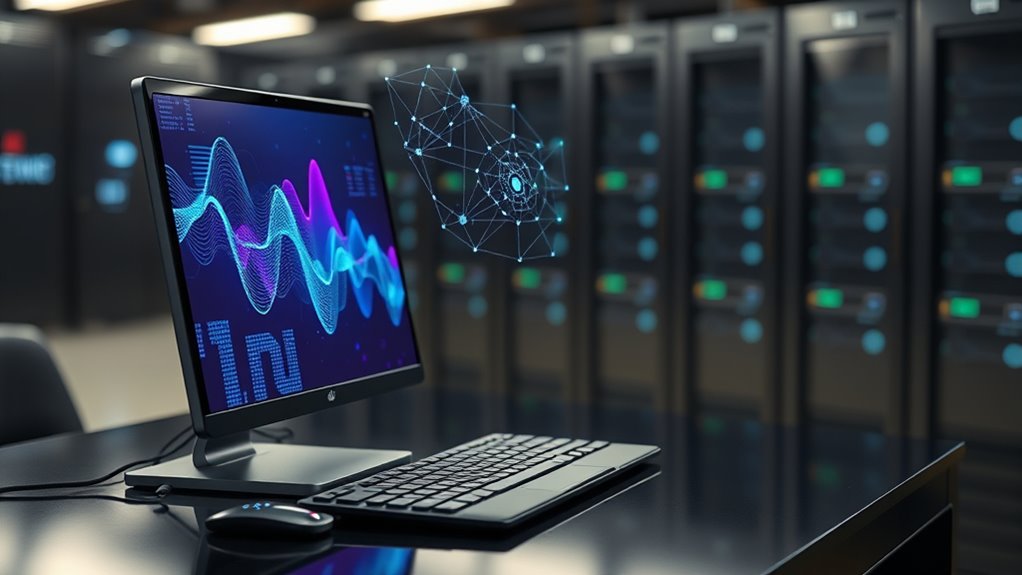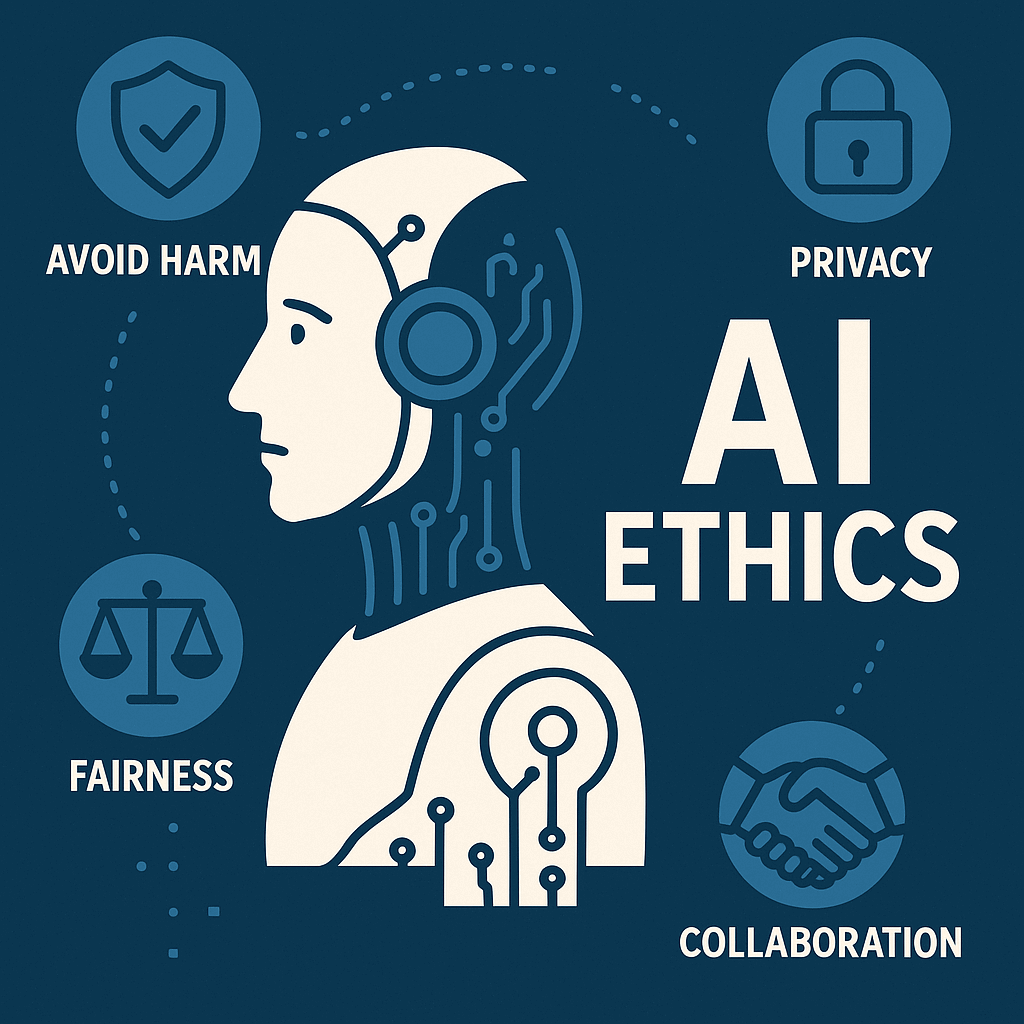Immerse yourself in the world of artificial intelligence, or AI, where machines think and learn like humans! This amazing technology lets computers do tasks that usually need human brains. AI’s built on a foundation of collecting huge amounts of data. This data’s used to train machines with special math rules called algorithms. These rules help AI spot patterns and learn from them. Over time, AI gets better by adapting to new info. It’s also super fast, handling tons of data in a snap.
Dive into AI, where machines mimic human thinking! This tech masters tasks with vast data and algorithms, learning fast and adapting constantly.
The training process is a big part of how AI works. A key piece is machine learning, or ML, where systems learn from data without being told exactly what to do. There’re different types like supervised learning, which uses labeled data to guess answers, and unsupervised learning, which finds patterns on its own. Then there’s deep learning, a complex method using many layers to recognize tricky patterns. AI keeps improving through repeated training and testing cycles, getting sharper each time. AI also relies on vast data sets to enhance its learning capabilities over time vast data sets. AI simulates human intelligence by combining algorithms with computational power to solve complex problems human intelligence simulation. The development process also includes careful model selection to ensure the right approach for the intended task.
AI often uses neural networks, which are inspired by the human brain. These networks have layers of connected nodes, kinda like brain cells, that process info. They’re great at figuring out complex stuff like images, speech, or text. Neural networks can even learn from their mistakes by adjusting connections. They’re used in all sorts of tasks, from recognizing faces to understanding language.
You can see AI in action all around. It’s in facial recognition for security or self-driving cars. It powers chatbots and voice assistants that talk to us. AI also helps analyze huge datasets quickly or solve tough problems with human-like thinking. Different branches of AI, like computer vision for images or robotics for machines, make it even more versatile.
What’s cool is AI never stops learning. It keeps getting better with each round of data and feedback. It can check its own work and tweak itself. With data driving its growth, AI’s speed and efficiency outpace humans. As tech advances, AI’s role in fields like healthcare or finance keeps growing, solving bigger challenges every day.









